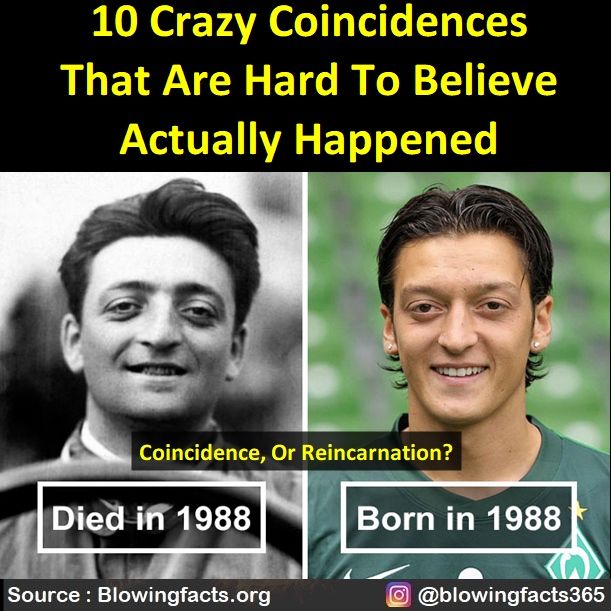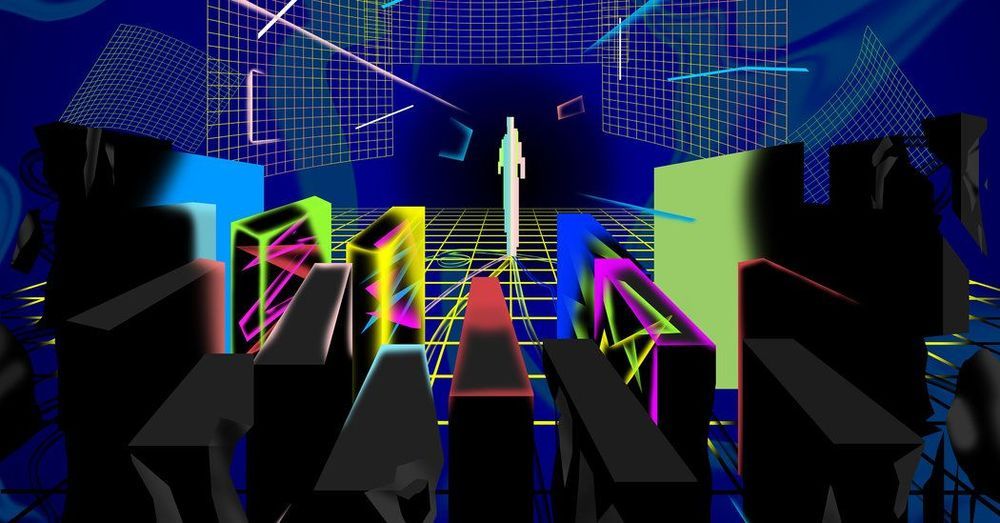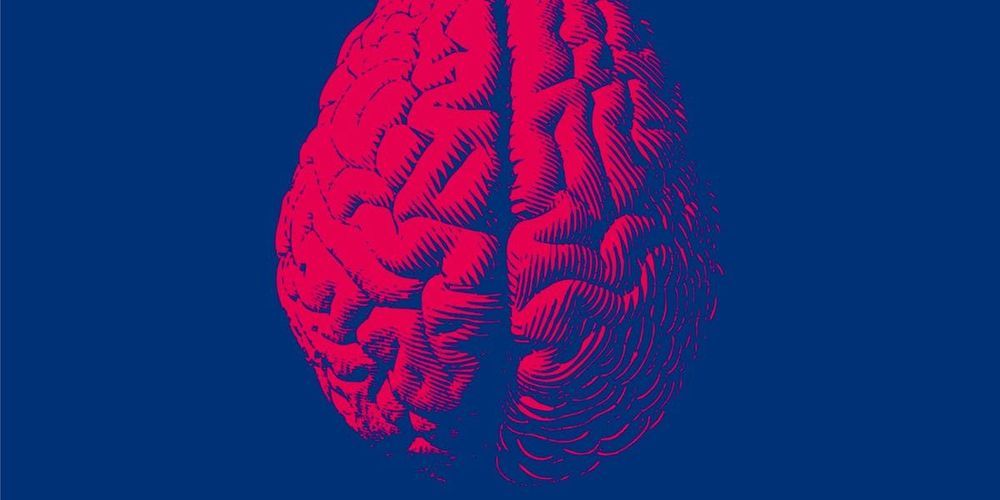Daily posts filled with jaw-dropping facts, you won’t be leaving this page without learning something new!


NOTE FROM TED: Please do not look to this talk for medical advice. We’ve flagged this talk, which was filmed at a TEDx event, because it appears to fall outside TEDx’s content guidelines. Gene therapy remains an emerging field of study. The speaker’s claims only reflect her personal views which are not corroborated by scientific evidence. TEDx events are independently organized by volunteers. The guidelines we give organizers are described in more detail here: http://storage.ted.com/tedx/manuals/tedx_content_guidelines.pdf
Liz Parrish is the CEO of BioViva USA Inc, a company committed to increasing health span and combatting the biggest diseases of our time, the diseases of aging. Liz’s talk introduces us to our species’ age-long battle with disease, our successes and achievements, and our new modern enemies to ultimate health. By using the evidence of what science has achieved and what model organisms can tell us about our journey forward, Liz shows us that with the right mentality we can defeat our foes and obtain the “golden sceptre of health”. With the current advances in gene therapy, we are on the brink of living very different lives with an unlimited amount of genetic choices. Did you know that your age is the risk factor in mortality? Listen to this talk and prepare yourself for the future.
This talk was given at a TEDx event using the TED conference format but independently organized by a local community.

Shortly after publishing a paper demonstrating how its artificial intelligence programs could generate viable lead compounds in just a few weeks, Insilico Medicine has signed a dual-program discovery collaboration with Jiangsu Chia Tai Fenghai Pharmaceutical worth up to $200 million.
Focused on previously undruggable targets in triple-negative breast cancer, the deal includes an upfront payment along with potential milestones and sales-based royalties pegged to any eventual products.
“We are very pleased to establish the partnership with Insilico Medicine, entering the new era of AI-enabled drug development,” Wenyu Xia, general manager of the China-based pharma company, said in a statement. “We look forward to a long-term partnership with Insilico Medicine.”

The research scientists’ warnings come amid rising concern about the power of the big tech companies. Most of the focus has been on the current generation of technology — search, online advertising, social media and e-commerce. But the scientists are worried about a barrier to exploring the technological future, when that requires staggering amounts of computing.
Each big step of progress in computing — from mainframe to personal computer to internet to smartphone — has opened opportunities for more people to invent on the digital frontier.
But there is growing concern that trend is being reversed at tech’s new leading edge, artificial intelligence.
Computer scientists say A.I. research is becoming increasingly expensive, requiring complex calculations done by giant data centers, leaving fewer people with easy access to the computing firepower necessary to develop the technology behind futuristic products like self-driving cars or digital assistants that can see, talk and reason.
Which disease will you die of first? If you survive that one, which disease is next in line? If we are kept alive but unwell and continue to practice medicine the way we do today, we will all get a long list of diseases — we are just going to be stacking up more and more layers of treatment, becoming more and more unhappy and spending more and more time at the doctors.
Many thanks for watching!
Consider supporting SciFuture by:
a) Subscribing to the SciFuture YouTube channel: http://youtube.com/subscription_center?add_user=TheRationalFuture b) Donating
- Bitcoin: 1BxusYmpynJsH4i8681aBuw9ZTxbKoUi22
- Etherium: 0xd46a6e88c4fe179d04464caf42626d0c9cab1c6b
- Patreon: https://www.patreon.com/scifuture c) Sharing the media SciFuture creates: http://scifuture.org
Kind regards.
Adam Ford
- Science, Technology & the Future.

Some researchers continue to insist that simulating neuroscience with computers is the way to go. Others, like me, view these efforts as doomed to failure because we do not believe consciousness is computable. Our basic argument is that brains integrate and compress multiple components of an experience, including sight and smell – which simply can’t be handled in the way today’s computers sense, process and store data.
Brains don’t operate like computers
Living organisms store experiences in their brains by adapting neural connections in an active process between the subject and the environment. By contrast, a computer records data in short-term and long-term memory blocks. That difference means the brain’s information handling must also be different from how computers work.

Exactly one century ago, on an evening in 1918, renowned physicist Albert Einstein wrote down an idea in the pages of his notebook. That idea could be the key to solving one of the grandest and most elusive mysteries in all of physics: that of dark matter and dark energy. Together they make up over 95% of the universe, working invisibly to envelop galaxies and at once continuing to expand our universe at an accelerating rate, driving us away from nearby star systems and into a future with great divides.
The idea Einstein wrote about was an adjustment to general relativity where empty space would become negative mass moving under the influence of gravity. These negative masses would populate interstellar space. But this idea emerged as a way to explain the cosmological constant — or what Einstein referred to as his life’s greatest mistake. At the time when the cosmological constant was created, it was a widely accepted belief that the universe was static. That is, it was neither expanding nor contracting. But if this was true then something had to be countering gravity to prevent the universe from collapsing in on itself. Thus the cosmological constant with antigravity properties was born.
Today we understand the universe is not static and that it continues to expand, and so the cosmological constant has taken on a new meaning. It represents dark energy within the Lambda CDM, our current and most accepted model of the universe. The newest theory on dark matter and dark energy does not contradict the standard model and instead builds off of the note Einstein made to himself all those years ago.


The human brain is always on—trillions of electric currents and transmissions from neuron to neuron flicker constantly. Surprising new research, from the Blavatnik Institute at Harvard Medical School, suggests the secret to living longer may lie in this neural activity, which speeds up and slows down as we age.
Over-excitation, or too much activity in the brain, was linked to shorter life spans, a study published on Wednesday in the journal Nature has found. Meanwhile, suppressing neural over-excitation actually extends life. The study, based on data from humans brains, mice, and worms, is the first showing that the nervous system influences longevity.

The core of what we do at Nanalyze is to tell our readers all they need to know about investing in emerging technologies. Sometimes that story is much, much bigger, and what we’re really talking about is investing in emerging industries. NewSpace is one example, launching about 15 years ago with the emergence of companies like SpaceX and Virgin Galactic. It’s probably only within the last five years that the NewSpace industry has achieved real liftoff, with dozens of startups doing everything from offering launch services to building satellites to developing business analytics from space-based imagery. While we may one day end up living on Mars, we’re more interested in living a long and fruitful life right here on Mother Earth, despite the specter of cancer and dementia. An entire industry is coalescing around human longevity, promising to beat these age-related diseases and extend our lives to biblical proportions.
We’ve been covering the topic of life extension for more than five years, beginning with a profile on an anti-aging company called Human Longevity Inc, whose founders include billionaire serial entrepreneur Peter Diamandis and J. Craig Venter, a leading genomics expert. More recently, we introduced you to nine companies developing products in regenerative medicine, a broad category that refers to restoring the structure and function of damaged tissues or organs. We also tackled the more controversial topic of young blood transfusions earlier this year, as well as covered the 2019 IPO of Precision BioSciences (DTIL), a gene-editing company that wants to fight disease and re-engineer food.